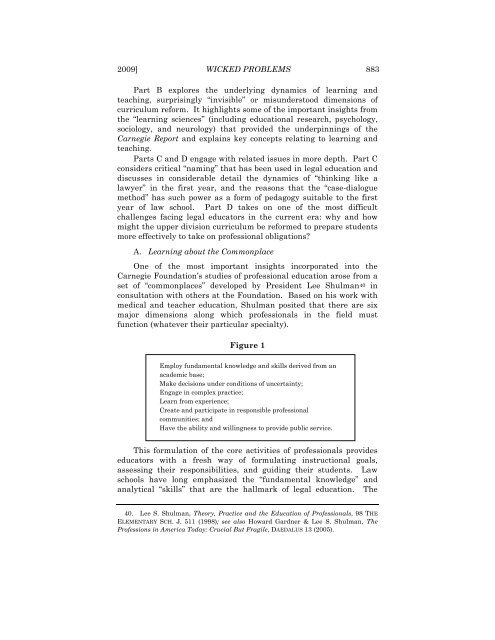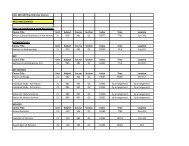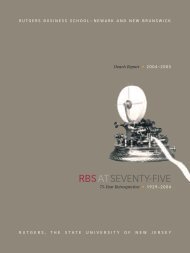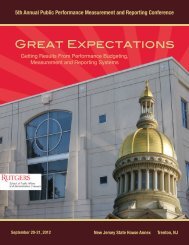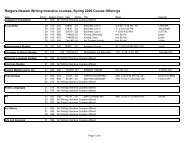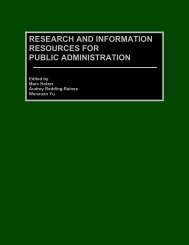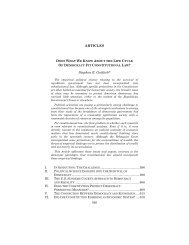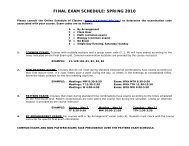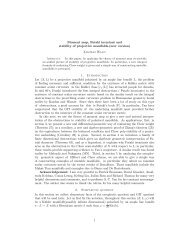Reframing Legal Education's - Rutgers Law Review
Reframing Legal Education's - Rutgers Law Review
Reframing Legal Education's - Rutgers Law Review
Create successful ePaper yourself
Turn your PDF publications into a flip-book with our unique Google optimized e-Paper software.
2009] WICKED PROBLEMS 883Part B explores the underlying dynamics of learning andteaching, surprisingly “invisible” or misunderstood dimensions ofcurriculum reform. It highlights some of the important insights fromthe “learning sciences” (including educational research, psychology,sociology, and neurology) that provided the underpinnings of theCarnegie Report and explains key concepts relating to learning andteaching.Parts C and D engage with related issues in more depth. Part Cconsiders critical “naming” that has been used in legal education anddiscusses in considerable detail the dynamics of “thinking like alawyer” in the first year, and the reasons that the “case-dialoguemethod” has such power as a form of pedagogy suitable to the firstyear of law school. Part D takes on one of the most difficultchallenges facing legal educators in the current era: why and howmight the upper division curriculum be reformed to prepare studentsmore effectively to take on professional obligations?A. Learning about the CommonplaceOne of the most important insights incorporated into theCarnegie Foundation’s studies of professional education arose from aset of “commonplaces” developed by President Lee Shulman40 inconsultation with others at the Foundation. Based on his work withmedical and teacher education, Shulman posited that there are sixmajor dimensions along which professionals in the field mustfunction (whatever their particular specialty).Figure 1Employ fundamental knowledge and skills derived from anacademic base;Make decisions under conditions of uncertainty;Engage in complex practice;Learn from experience;Create and participate in responsible professionalcommunities; andHave the ability and willingness to provide public service.This formulation of the core activities of professionals provideseducators with a fresh way of formulating instructional goals,assessing their responsibilities, and guiding their students. <strong>Law</strong>schools have long emphasized the “fundamental knowledge” andanalytical “skills” that are the hallmark of legal education. The40. Lee S. Shulman, Theory, Practice and the Education of Professionals, 98 THEELEMENTARY SCH. J. 511 (1998); see also Howard Gardner & Lee S. Shulman, TheProfessions in America Today: Crucial But Fragile, DAEDALUS 13 (2005).


